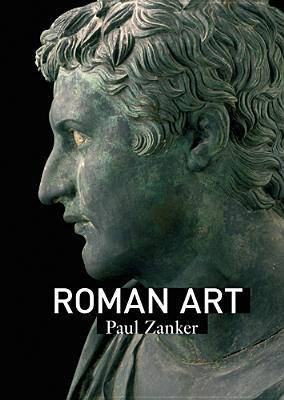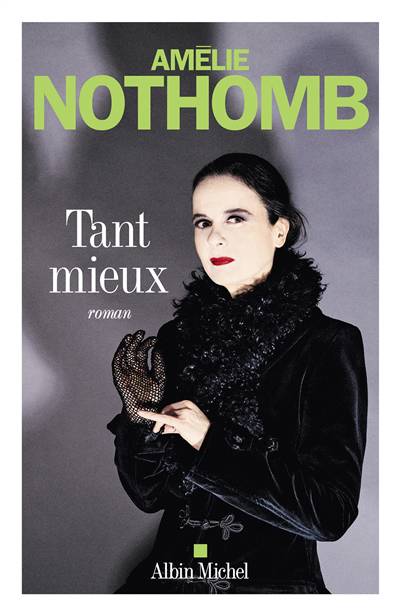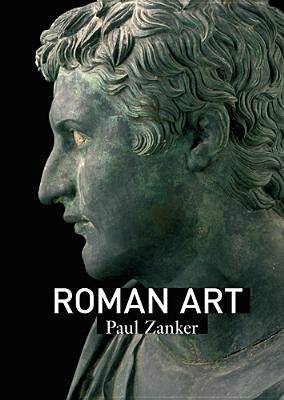
- Retrait gratuit dans votre magasin Club
- 7.000.000 titres dans notre catalogue
- Payer en toute sécurité
- Toujours un magasin près de chez vous
- Retrait gratuit dans votre magasin Club
- 7.000.0000 titres dans notre catalogue
- Payer en toute sécurité
- Toujours un magasin près de chez vous
Description
Traditional studies of Roman art have sought to identify an indigenous style distinct from Greek art and in the process have neglected the large body of Roman work that creatively recycled Greek artworks. Now available in paperback, this fresh reassessment offers instead a cultural history of the functions of the visual arts, the messages that these images carried, and the values that they affirmed in late Republican Rome and the Empire.
The analysis begins at the point at which the characteristic features of Roman art started to emerge, when the Romans were exposed to Hellenistic culture through their conquest of Greek lands in the third century B.C. As a result, the values and social and political structure of Roman society changed, as did the functions and character of the images it generated. This volume, presented in very clear and accessible language, offers new and fascinating insights into the evolution of the forms and meanings of Roman art.
Spécifications
Parties prenantes
- Auteur(s) :
- Editeur:
Contenu
- Nombre de pages :
- 224
- Langue:
- Anglais
Caractéristiques
- EAN:
- 9781606061015
- Date de parution :
- 10-01-12
- Format:
- Livre broché
- Format numérique:
- Trade paperback (VS)
- Dimensions :
- 170 mm x 239 mm
- Poids :
- 680 g

Les avis
Nous publions uniquement les avis qui respectent les conditions requises. Consultez nos conditions pour les avis.






